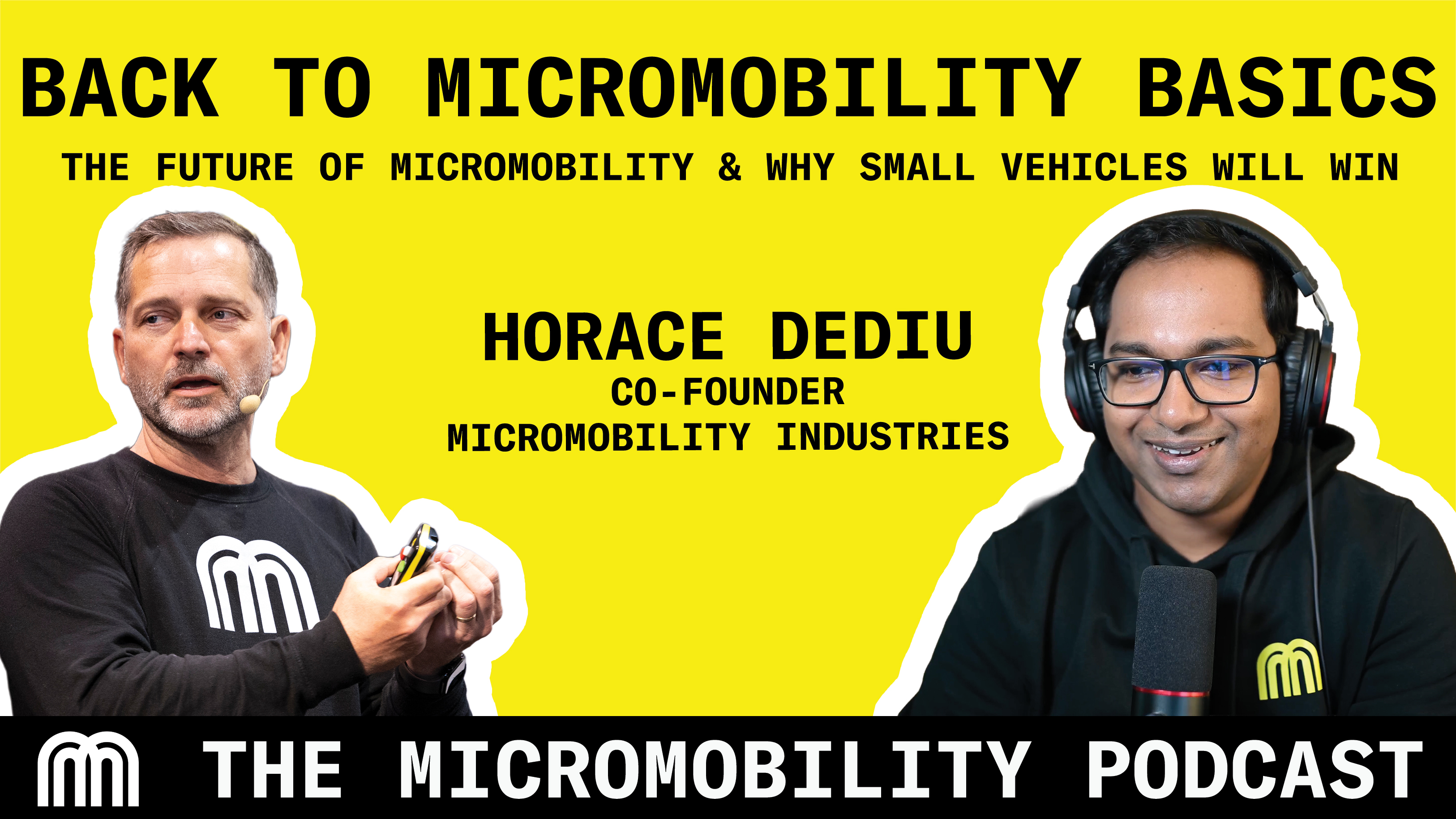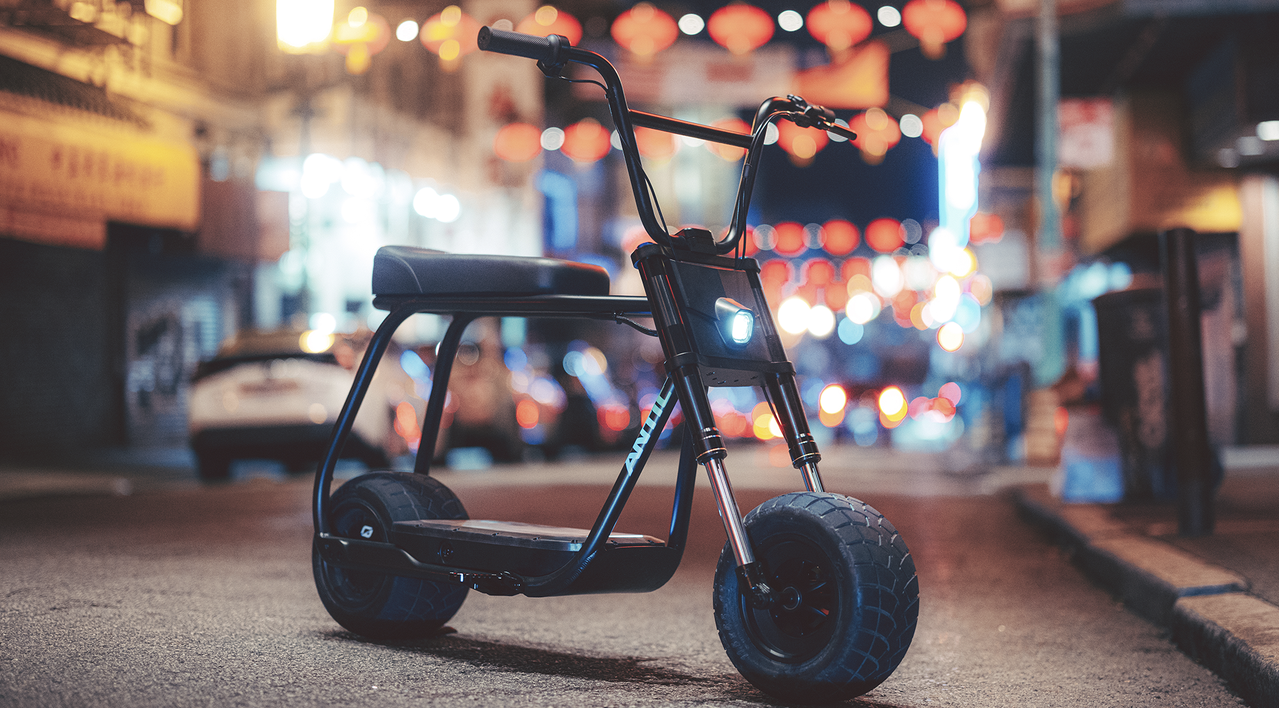Welcome back to the Micromobility Podcast! In this special episode, host Prabin Joel Jones sits down with Horace Dediu, the OG host of the show and co-founder of Micromobility Industries, who coined the term "micromobility" back in 2018.
Seven years after the first episode of the Micromobility Podcast where Horace introduced micromobility as vehicles under 500kg, Horace reflects on how the industry has evolved, what he got right, what surprised him, and why he believes micromobility will ultimately win over automobility. From Paris to Helsinki, cities are transforming and the revolution is happening beneath the radar.
Key Topics:
- The original definition of micromobility and why it still matters
- How COVID, capital swings, and regulation shaped the industry
- Why women riders are the key indicator of success
- The "Jobs to Be Done" framework applied to mobility
- Paris, London, and Brussels: Case studies in urban transformation
- Why persistence and patience matter more than hype
Key Talking Points & Takeaways
1. The Definition Still Holds
- Micromobility = vehicles under 500kg (excludes cars, includes everything from skateboards to L6E microcars)
- The weight limit was chosen to deliberately exclude cars while allowing innovation
- Alternative definitions: "negative space around the car" or "vehicles that lean into corners"
2. The Pendulum Has Swung
- The industry experienced extreme cyclicality: capital enthusiasm → depression → recovery
- COVID, regulation changes, and political shifts created volatility
- Despite media silence, micromobility is thriving at the local level
3. Watch the Outliers
- Women, children, and elderly users are key indicators of healthy ecosystem adoption
- Horace sees women with children on scooters, elderly couples on e-bikes—signs of mainstream acceptance
- Food delivery workers enabled by two-wheelers represent utility validation
4. Cities Are Transforming
- Paris (Rue de Rivoli), London, Brussels (Grand Place), and small European towns show dramatic change
- Cars are being slowly pushed back through parking restrictions, speed limits (30 km/h), and congestion charging
- "As parking goes, so goes the car"
5. Jobs to Be Done Framework
- People don't travel to minimize cost—they travel to meet lovers, help parents, get education
- Micromobility enables higher trip frequency with lower friction than cars
- Potential for "surfing" in physical space: spontaneous redirection and discovery
6. The Long Game
- "To survive is to win" - persistence matters more than growth
- Small, undercapitalized companies have disruption advantage
- Be hungry for profit, patient for growth
- Substance and customer focus beat hype
7. Non-Consumption Opportunity
- Micromobility can unlock mobility for billions without motorized transport
- Similar to how bicycles unleashed mobility 120+ years ago in wealthy countries
- Electric drive accelerates this potential globally

.svg)
%2Bcopy.jpeg)


.svg)












